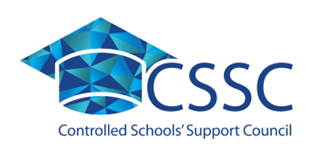Further Maths GCSE
Further Mathematics is a GCSE subject intended to cater for pupils who would like to study beyond the Higher Tier GCSE syllabus in Mathematics and who are capable of working above this level. The syllabus is designed to broaden the mathematical experience of high attaining pupils. It also allows a foundation to be laid for the further study of Mathematics, Technology or any science in Sixth Form.
While it is a sensible option, and would be a beneficial experience for some pupils to study Further Mathematics, it must be realised that it would not be in the interest of all pupils to take the course. Any decision should be made in consultation with the subject teacher. It is only recommended for those pupils who are placed in the top two quintiles within their year in either the January or June Year 10 examinations. Pupils choosing this option in Year 11 will study both Higher Tier GCSE Mathematics and Further Mathematics leading to two GCSEs at the end of Year 12.
Course Content
The course is structured as follows:
Pure Maths 50%
Applications 50%
Pure Mathematics will include a study of algebra, trigonometry and calculus.
Applications includes Mechanics and Statistics.
Mechanics will include the study of forces and will complement work covered in Physics or Technology.
Assessment
Examining Board: CCEA
The specification can be found here:
https://ccea.org.uk/key-stage-4/gcse/subjects/gcse-further-mathematics-2017
The assessment is by three exam papers. The first paper is on Pure Mathematics, covering 50% of the course, the second covers Mechanics and the third, Statistics. Both of these contribute 25% to the final outcome.
There is no coursework element for this subject.
Teaching Methods
Teaching methods will include making notes, practising examples, graph work, discussion of techniques and independent study.
